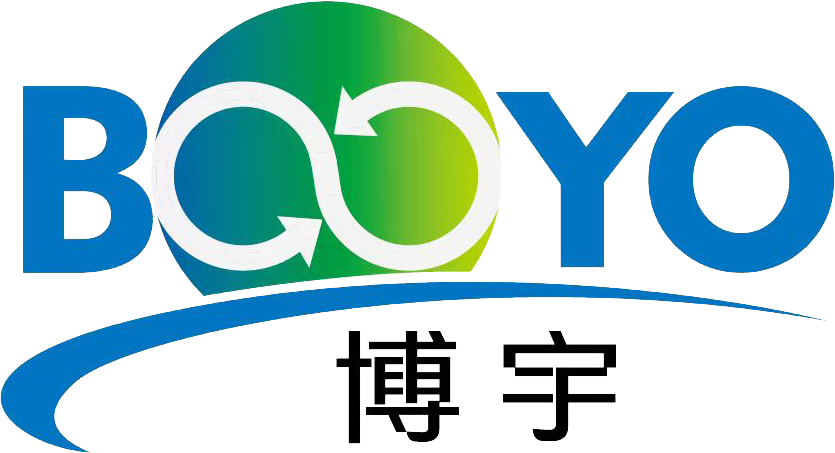1. Heat Source Differences
| Aspect | HRSG (Heat Recovery Steam Generator) | Conventional Boiler |
| Heat Source Type | High-temperature exhaust gas (e.g., gas turbine exhaust, industrial flue gas) | Combustion of fuels such as coal, oil, or natural gas |
| Auxiliary Burner | Optional duct burner for steam output adjustment | Required main combustion system |
| Temperature Characteristics | Typically 600–650°C+, high velocity, fluctuating | Controlled and relatively stable |
HRSGs focus on
recovering waste heat rather than generating heat by fuel combustion.
2. Structural and Thermal System Differences
| Aspect | HRSG | Conventional Boiler |
| Pressure Levels | Commonly triple-pressure (HP, IP, LP) systems | Usually single or double pressure systems |
| Heat Exchange Components | Economizer, evaporator, superheater, often reheater | Convection tubes, water walls, furnace, superheater |
| Modular Design | Standardized modules for factory prefabrication and field assembly | Primarily integrated structure with longer installation cycles |
| Heat Transfer Medium Flow | Water → economizer → evaporator → superheater (multi-stage) | Water → steam drum → convection tubes (simpler) |
HRSGs utilize a multi-stage counter-flow or parallel-flow heat exchange design to maximize thermal extraction from exhaust gases, meeting combined cycle efficiency requirements.
3. Operation and Control Differences
| Aspect | HRSG | Conventional Boiler |
| Automation Level | Highly automated; synchronized with prime mover operation | Lower automation; requires manual combustion control |
| Load Response | Rapid response influenced by upstream equipment | Stable control but limited load-following capability |
| Efficiency | Combined cycle thermal efficiency up to 55–62% | Boiler efficiency generally 35–40% |
| Start-up and Shut-down | Capable of fast start-up (fast-start HRSG designs available) | Longer start-up times; slower load adjustment |
4. Typical Application Scenarios
| Application | HRSG Suitability | Conventional Boiler Suitability |
| Combined Cycle Power Plants (CCPP) | ✔ Essential equipment | ✘ Not applicable |
| Industrial Waste Heat Recovery (steel, chemical, glass) | ✔ Widely used | ✘ Inefficient |
| District Heating and Industrial Steam Supply | Optional depending on heat source | ✔ Mainstream |
| Waste-to-Energy Plant Exhaust Recovery | ✔ Common | ✘ Not suitable |
| Peak Load Boiler Support | ✔ Can serve as fast-start boiler | ✔ Applicable |
5. Performance and Environmental Impact
| Aspect | HRSG | Conventional Boiler |
| Thermal Efficiency | High due to waste heat recovery; boiler efficiency >90% | Varies by fuel and design; 70–85% typical |
| Emissions Control | Lower pollutant content due to fully combusted exhaust gas | Requires flue gas desulfurization, denitrification, dust removal |
| Carbon Footprint | Reduced fuel consumption; lower CO₂ emissions | Higher CO₂ emissions from direct fuel combustion |
Conclusion
Advantages of HRSG:
Efficient recovery of high-temperature exhaust gases
Multi-pressure system design with flexible adaptability
Highly automated operation synchronized with prime movers
Supports carbon reduction and environmental compliance
Advantages of Conventional Boilers:
Simpler system with lower initial investment
Suitable for heat sources without consistent exhaust gas
Flexible independent operation, ideal for smaller-scale steam supply
Final Remark
HRSG is not a mere upgrade of conventional boilers but a core component in energy cascade utilization and combined cycle power generation. For industries with high-temperature exhaust streams, HRSG offers an optimal balance of economy, efficiency, and environmental benefits.
